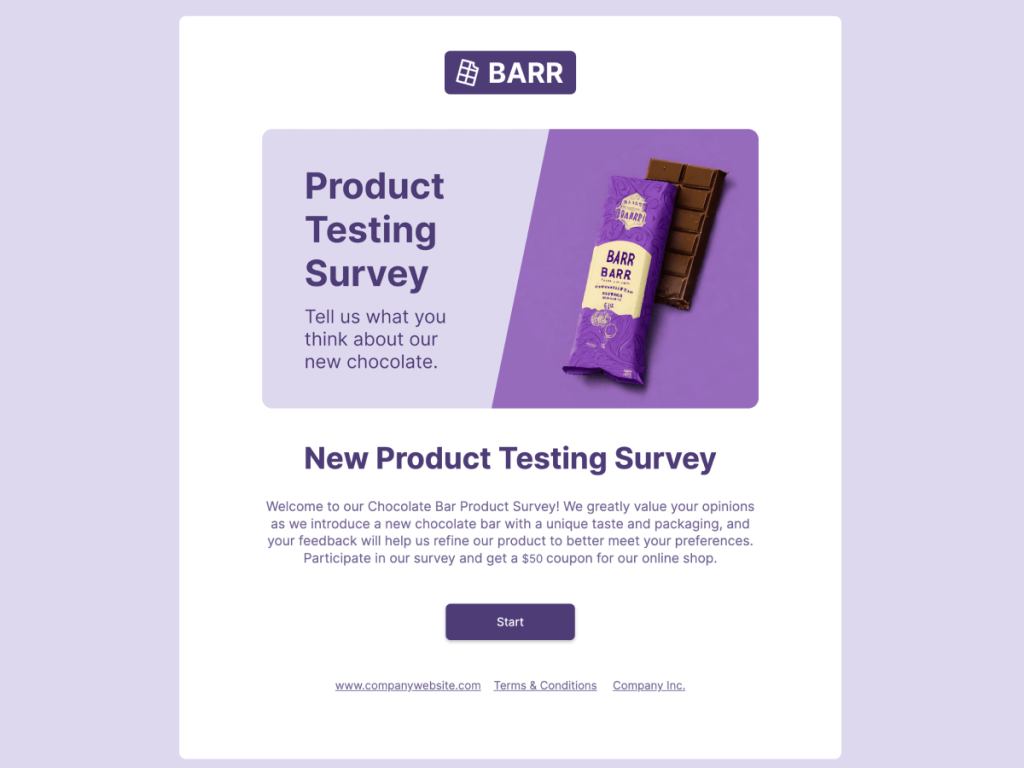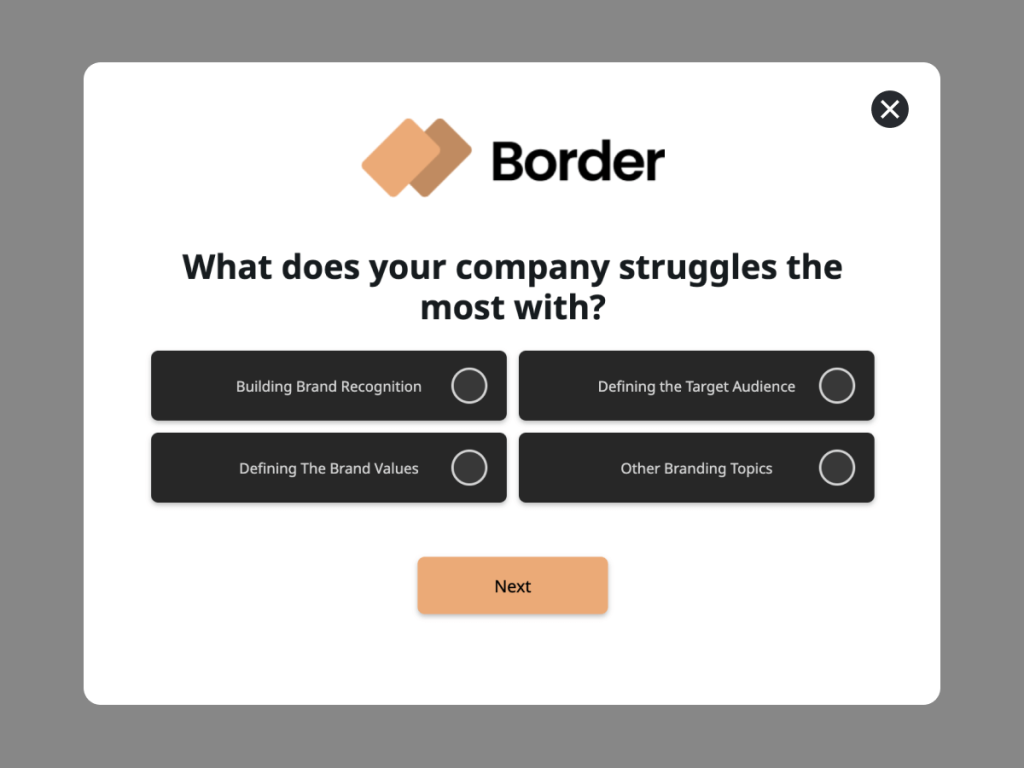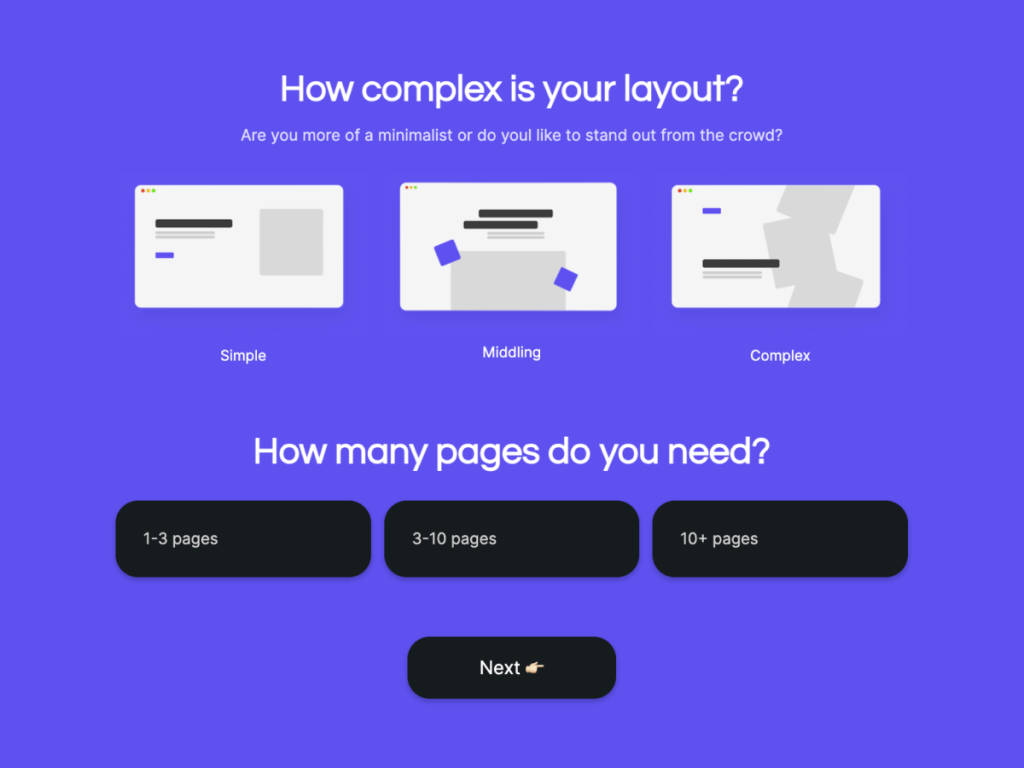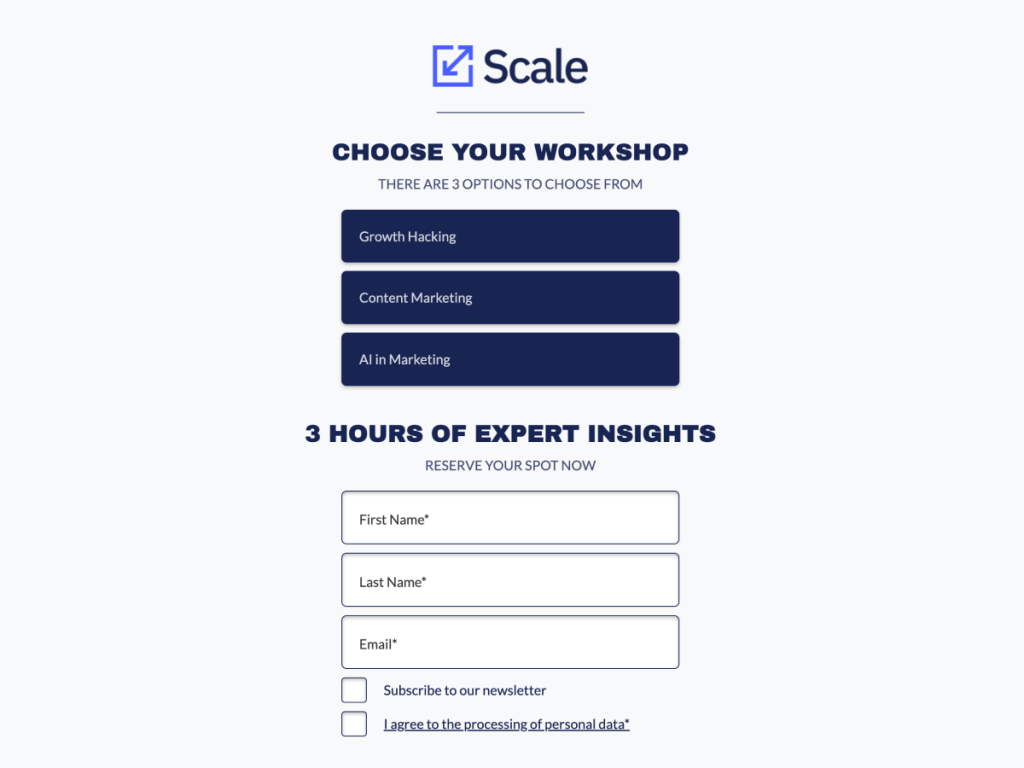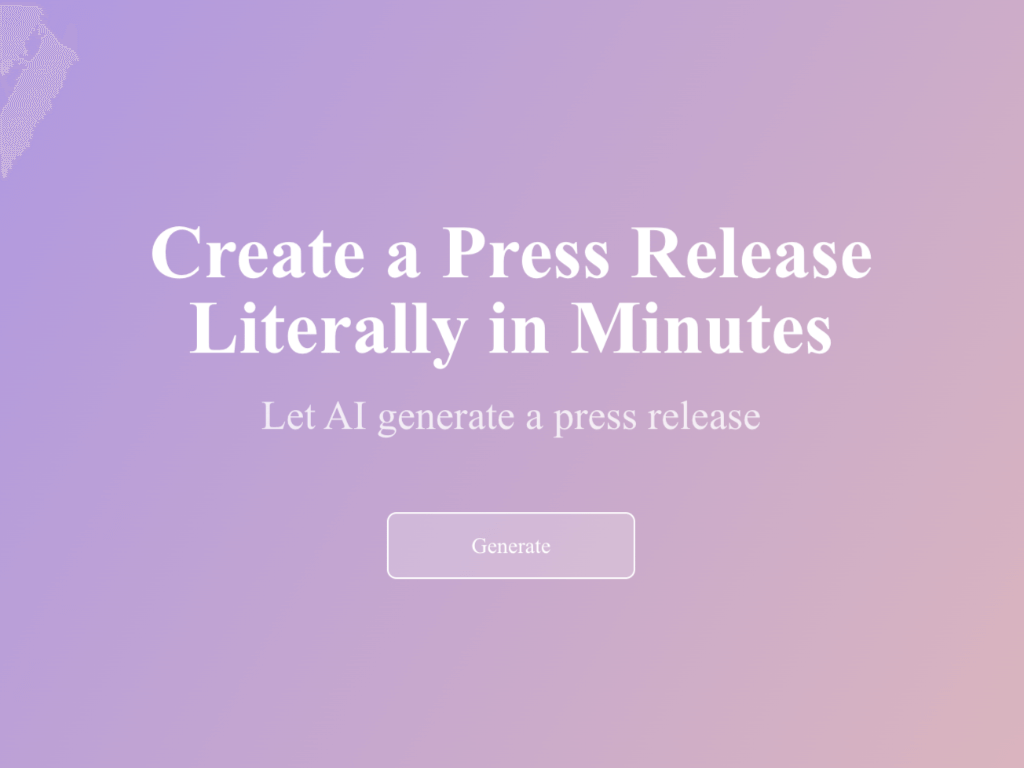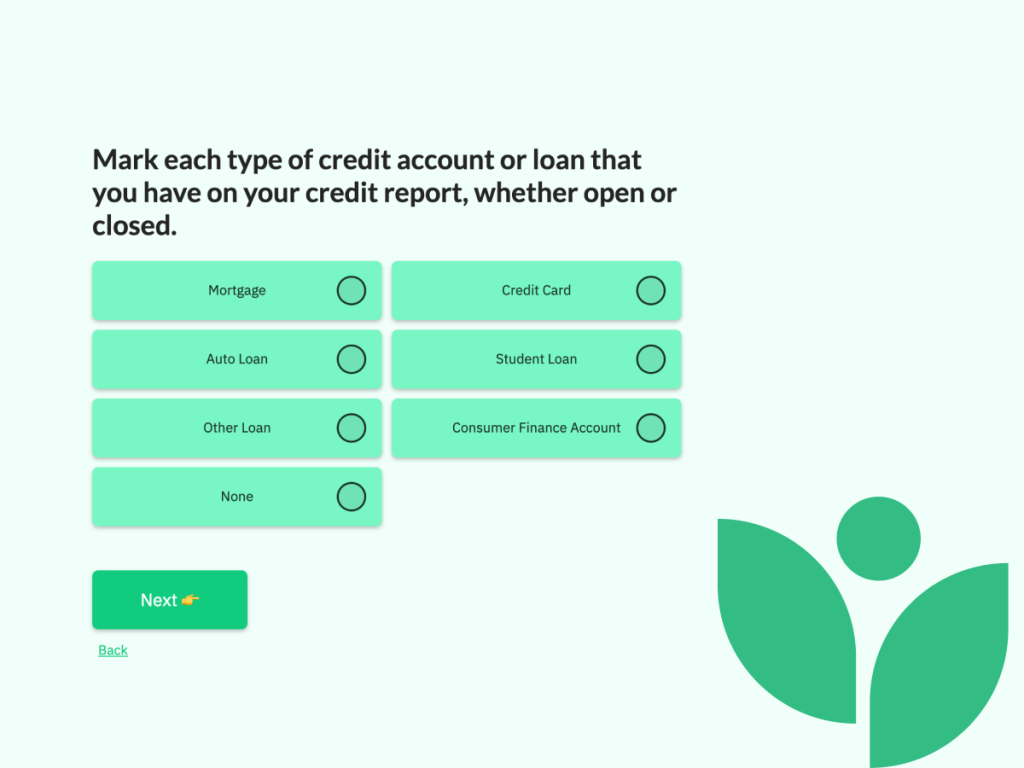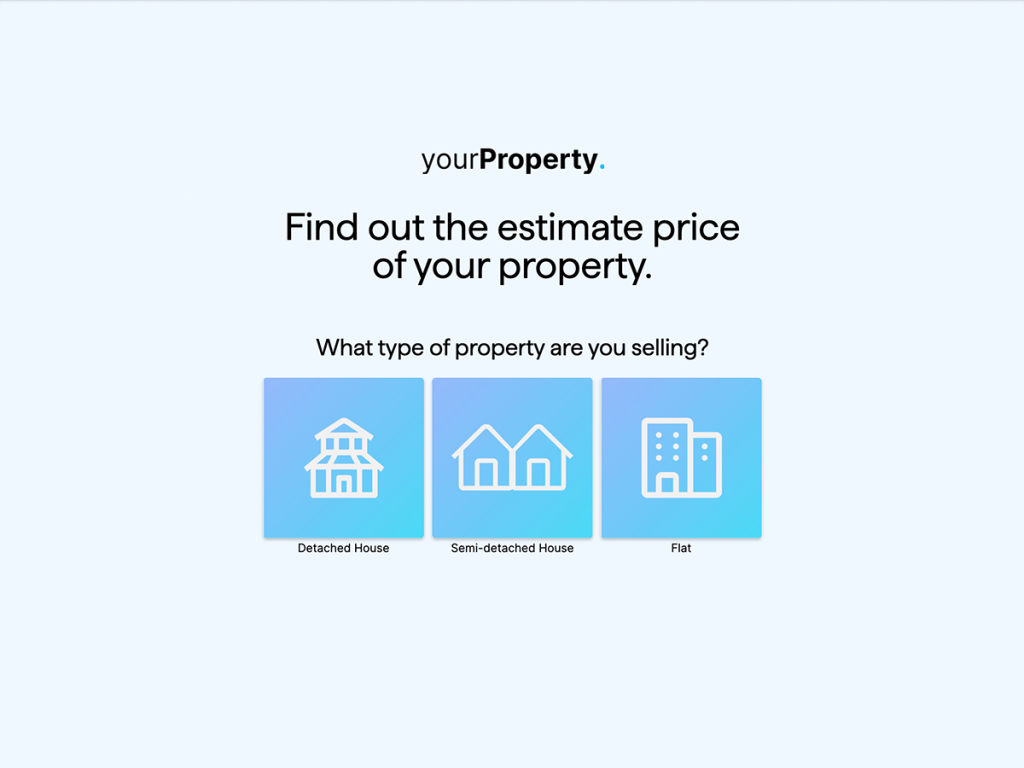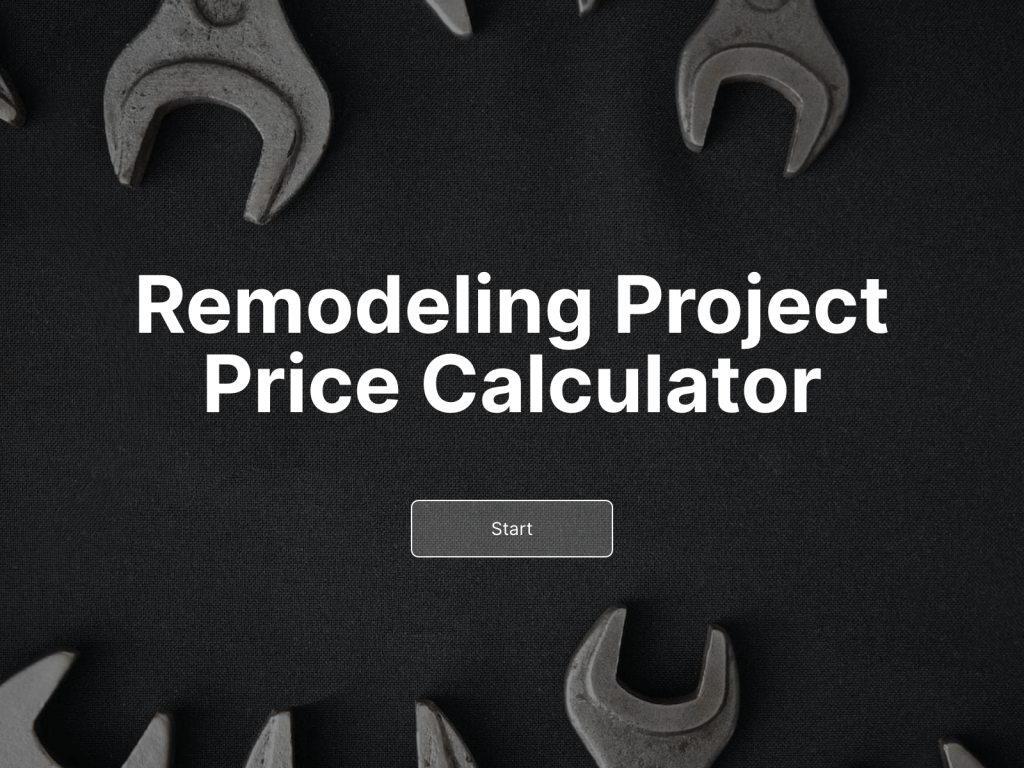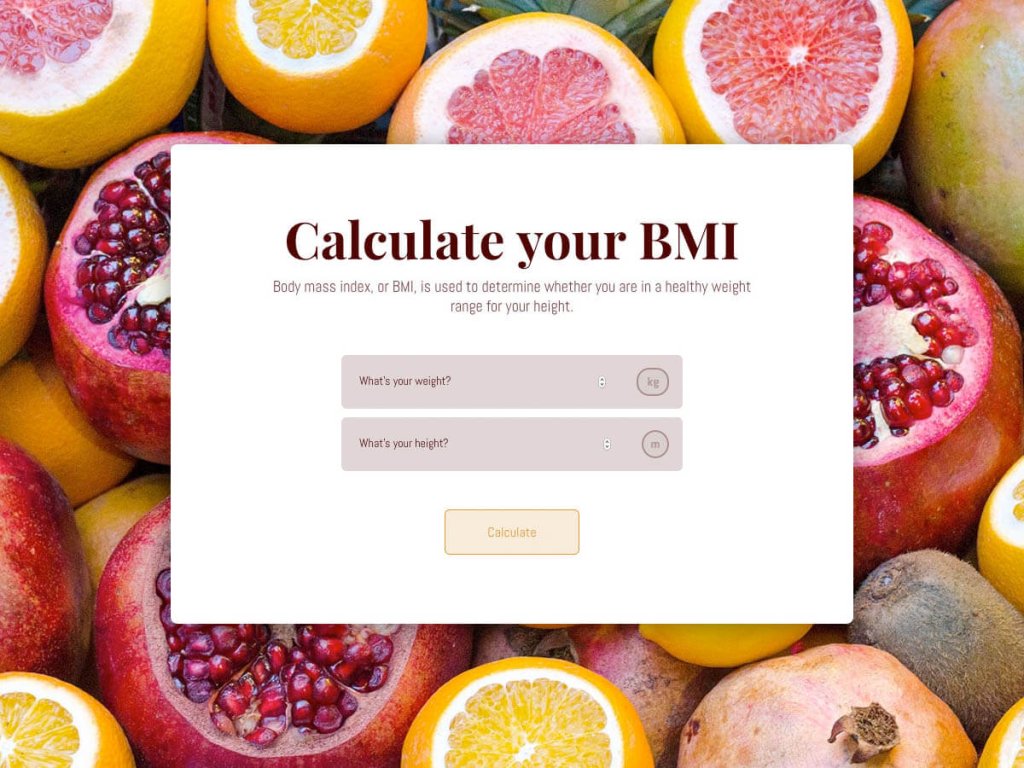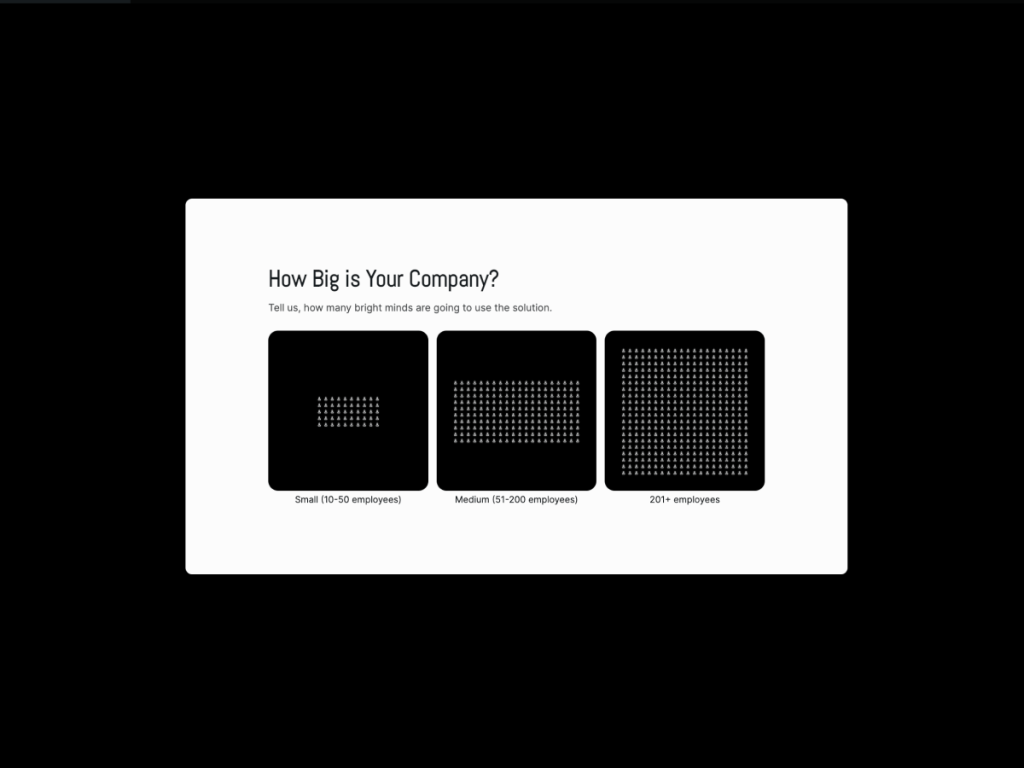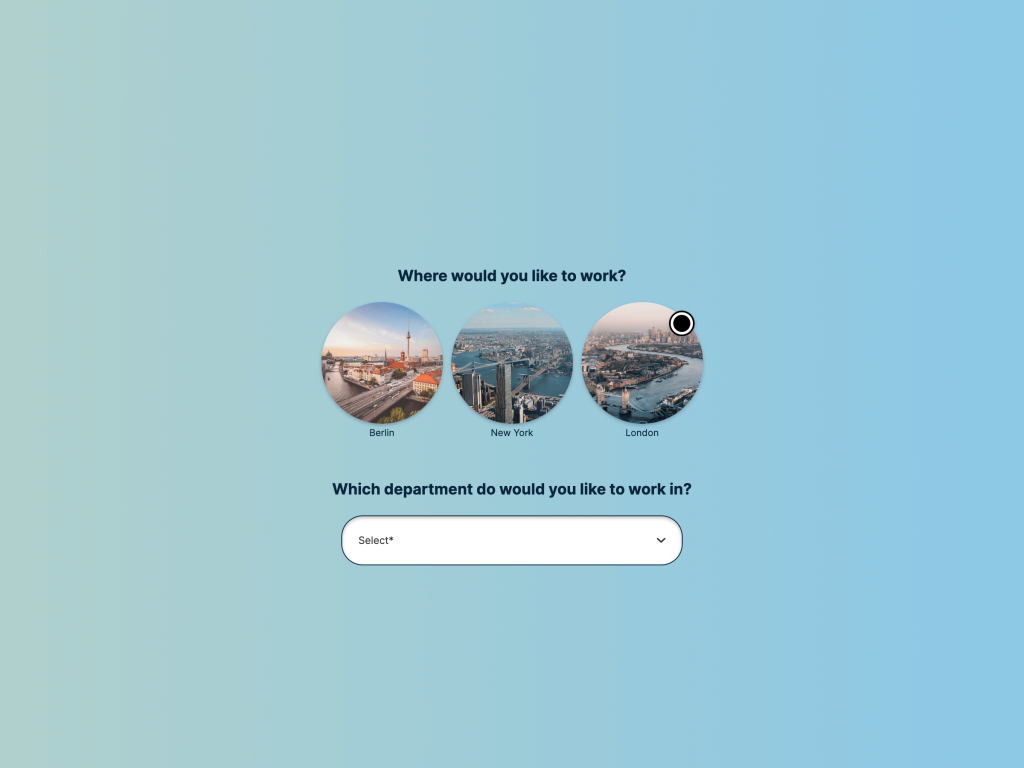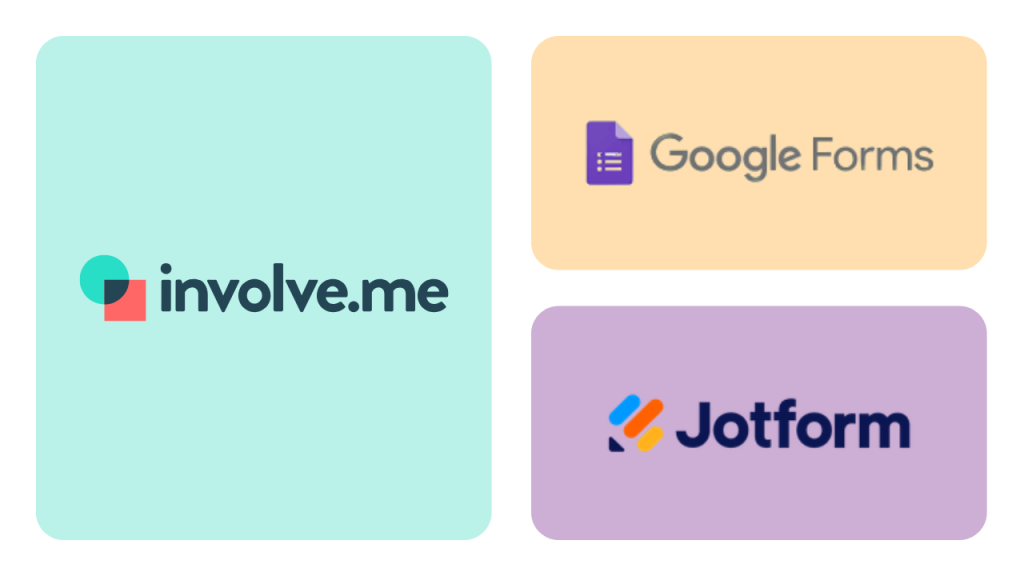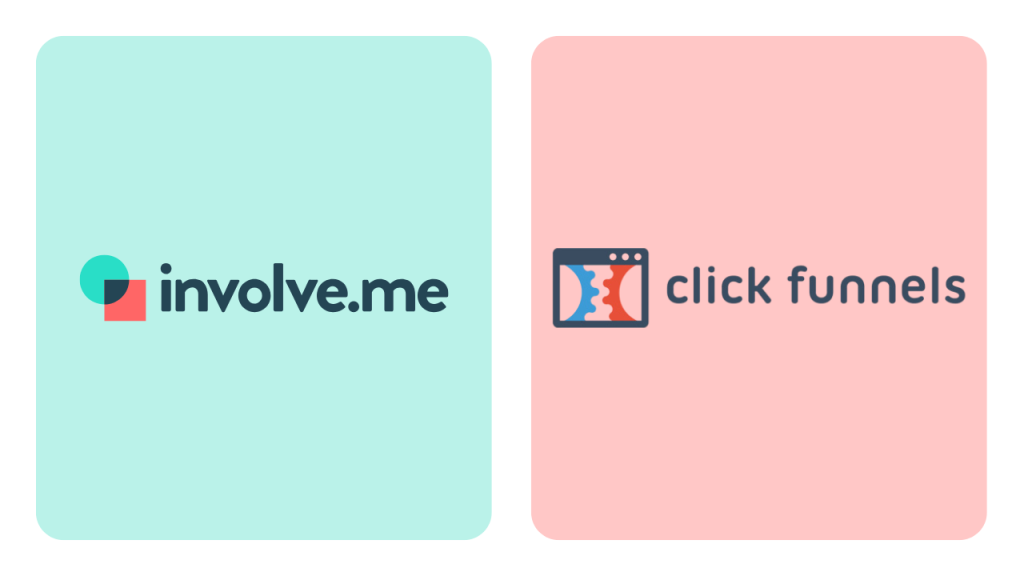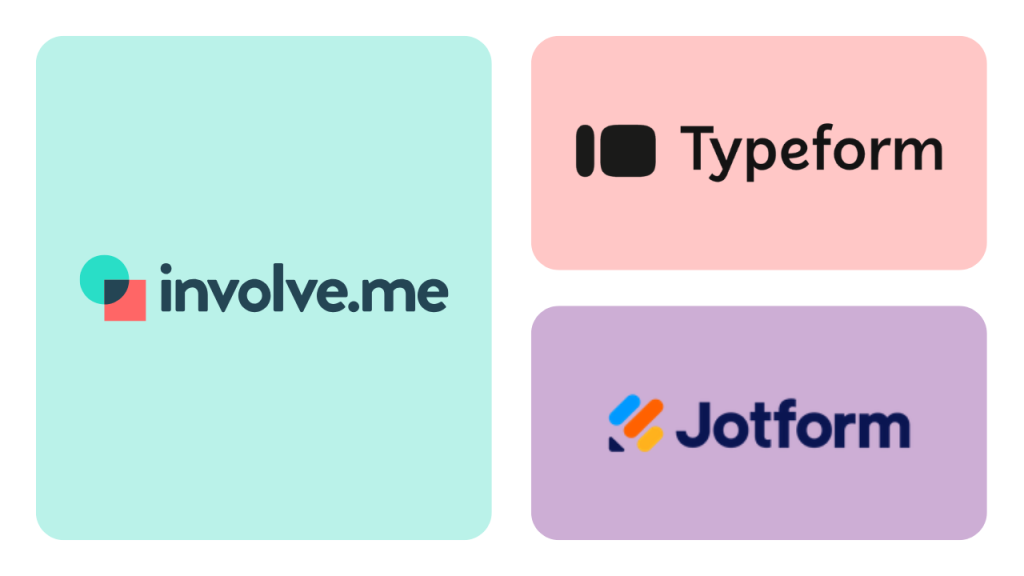The growing competition in a service business makes it difficult to acquire genuine leads consistently. This compels marketers to create content tailored to their audiences, improving the chances of better engagement. A survey by Yieldify suggests that over 74% of businesses already have a website personalization program set up to help them stand out in the cluttered market.
The present competitive scenario would require businesses to adopt customer-centric marketing techniques. Here, brands provide delightful customer experiences at each stage of the buyers' journey. Therefore, more marketers are exploring dynamic content for their websites.
Marketers use dynamic content that is unique enough to satiate users' interest. Implementing dynamic content strategies helps increase engagement with potential customers and build relationships that drive conversions.
Dynamic content is updated based on user preferences, data, or other external factors. Since this content is created in real-time, marketers can personalize the part of web pages to meet its users' needs better.
A few examples of dynamic content are personalized ads, targeted product recommendations, contextual help, and real-time updates such as weather forecasts or stock prices. Technically, creating dynamic content requires server-side coding, client-side scripting, APIs, or other sources.
Let's now explore more about implementing dynamic content.
How to Implement Dynamic Content?
Often, developers employ DHTML that blends with a web server, processes requests from users, and offers content in response to those user requests as if it were static. Also, it uses HTML and JavaScript to create a webpage that responds to user input.
When a user interacts with the webpage, the HTML and JavaScript code executes commands that manipulate the page’s content. This could be anything from changing the text on the page to displaying different images or videos or executing a query that yields a response.
Back-end involves code that sends requests to the server for more information, like additional data from a database, an image from a file, or a result of the query.
Dynamic content leverages server-side scripting languages like PHP and ASP to handle requests from the user and provide results. For example, if a page contains an image carousel, and when users click on one of the images, another related image appears in its place.
You can also create dynamic content using no code builders. In this case, even your marketing team can build custom dynamic content, generate an embed code, and easily add it to the website.
Create Dynamic Content with Templates
Easily embed into your website
Since dynamic content has different content for user-based action, you’ll need more people to create content. This way, different authors and content creators are assigned roles where they often use a WordPress collaboration plugin in case of a WordPress CMS.
Generally, dynamic content is tailored to the following specifics —
Recipient’s location
Device
Gender
The browser where your webpage or email is opened on
Here is an example of an Adidas ad targeted based on the gender of its audience.
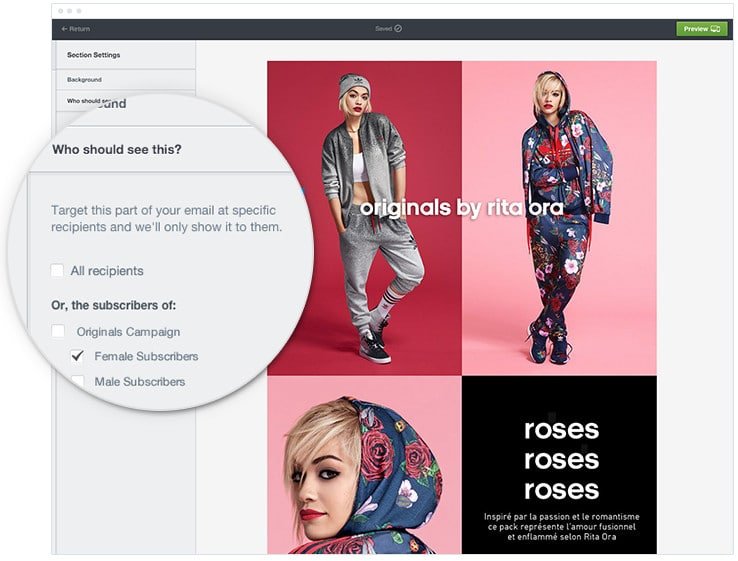
Businesses looking to leverage dynamic content can adopt some of the techniques mentioned in this blog post.
How to Generate Leads Through Content?
The goal of dynamic content is to get to the bottom of the funnel and drive conversions. Often, this makes way for customizing the page's content and engaging them meaningfully on your website.
Provide better user experience and higher levels of personalization that help shorten the sales cycle. Lately, marketers have been using some of the methods mentioned below to create dynamic content as a part of inbound marketing strategies.
Use Longtail Keyword
Rather than relying on more competitive keywords, try using long-tail keywords to draw more potential leads to your website. This way, you are more likely to get 50 visitors who are genuinely interested in your services than 5000 who are not. When building content, target keywords that address the audience's pain points.
A great way to do this is to look at the "People Also Ask" box in Google that pops up once you type in a main keyword. This can help you come up with relevant questions and ideas for content.
Use long-tail keywords in writing that is more focused, engaging, and optimized for search engines (SEO). Moreover, long-tail keywords help target audiences, allowing you to create content that speaks directly to their needs. This can help you create highly dynamic, relevant, and engaging content.
Consider leveraging the AnswerThePublic tool that helps uncover real questions people are asking about a given topic. All you need to do is enter your keyword, which helps generate a list of related questions. This is a great way to gain insights into what people are searching for and can help you create more relevant content for your audience.
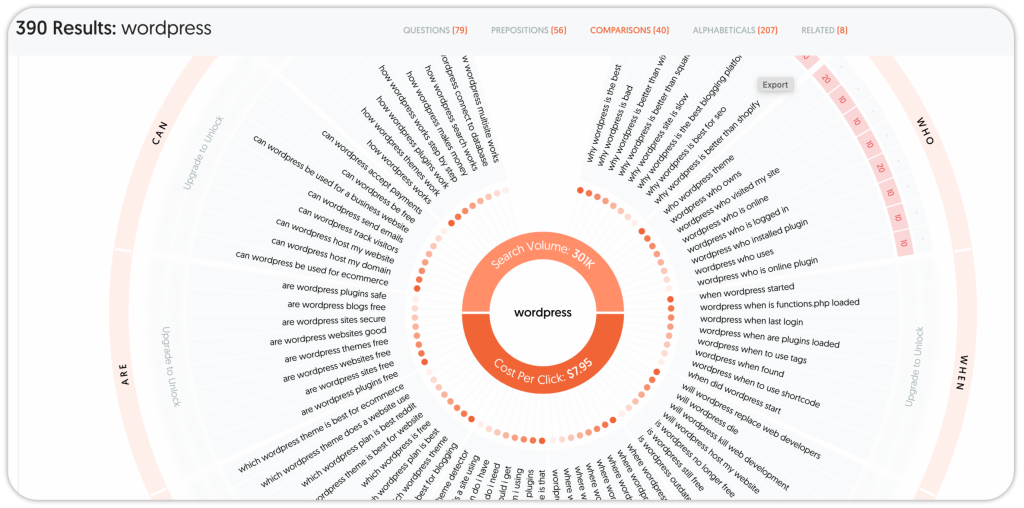
Craft dynamic content using long-tail keywords based on 'who,' 'are,' and 'what' by having different authors working for the same. This means each content creator will stick to their niches, diving deeper into the long-tail keyword implementation within the content.
Such an approach may need collaborative WordPress editing software to let others contribute and edit the piece if needed. Moreover, working with multiple authors allows people to brainstorm potential long-tail keywords and phrases, helping one identify typos or missed errors in the editing process.
Include Custom Online Calculators
Another way to introduce dynamic content is by adding custom calculators. It provides users with an intuitive way to gain numerical information like mortgage payments, taxes, BMI index, etc.
Here are examples of online calculators and a quick brief on how to embed them.
You can use one of the drag and drop no code builders to create a calculator that fits your business goal (lead generation, automated customer support or increased customer satisfaction).
Create a Custom Calculator
Start with a template
With an Online Calculator on Your Webpage, You Can...
Close leads faster: An online calculator can greatly assist your business. Not only does it save time and effort by avoiding lengthy phone conversations and emails, but it can also provide potential customers with specific solutions to their problems. It can make multiple calculations for prospective leads, helping them convert faster by making an informed decision.
Leave a lasting impression: It can be a powerful tool to engage with your audience. It allows people to find solutions to problems quickly, entertainingly, and engagingly. People are likely to remember your website or company and even share it with their friends if they have had a positive experience with your tool.
For example, a clothing store could create a quiz to help customers find the right fit or a restaurant could create a game that allows customers to pick the ingredients for their favorite dish. Both examples show how dynamic content can create an entertaining, memorable experience that people will want to share.
Addressing issues: Creating content that provides practical solutions to your client's needs is an effective way to attract paying customers. You can ensure visitors find the solutions they're looking for by developing easily-shareable tools and resources.
Gain client information: Embedding an online calculator provides the perfect solution for those looking to quickly and easily share data. It allows you to instantly gather valuable personal data, allowing you to make more informed decisions and increase your sales.
A calculator can also help you quickly input data and receive feedback on your calculations in real-time. This makes collecting important information about potential customers much easier, giving you the tools you need to increase sales.
Use Countdown Timers
Countdown timers typically work by counting the seconds until a certain date or time is reached. This works by integrating a code that runs down the clock from when it is set up in real-time. It includes pause/resume functionality, providing ways to create custom messages when the timer reaches certain hours/days.
Countdown timers can be a great addition to dynamic content on your website since they create an element of urgency and excitement. They are often used in promotional campaigns where customers have a limited time to take advantage of certain offers or discounts.
Use it to keep visitors engaged on the website by giving them something that is constantly changing, prompting them to stay longer and come back more often.
Example of countdown timer campaign by FOREVER 21:
.gif)
Implement Progressive Profiling
Progressive profiling collects more data about a contact over time through additional form submissions. As prospects access a website more often, more data is gathered through web forms, enabling the site to understand the contact better.
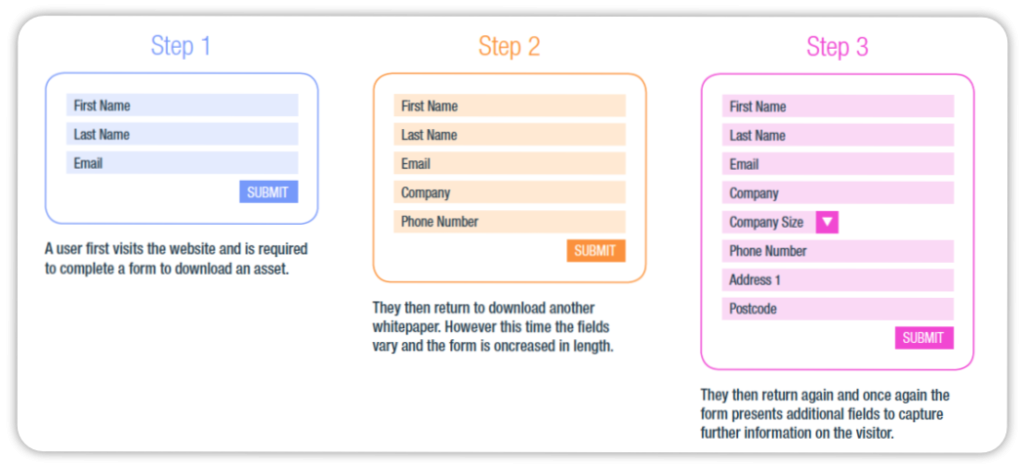
Step 1: Ask for basic customer details. This is when they visit the website for the first time.
Step 2: Request more data like company name and phone number.
Step 3: Raise the stakes by asking about company size, address, and other personal information.
Every time a user visits the website, you can expand your understanding of them in small steps. Gradually asking for information helps avoid creating an off-putting experience that might cause them to abandon the form altogether. If needed, you can consider using the feedback survey templates that collect information based on quizzes and slyly obtain information.
Creating data beneficial for lead generation tactics and your website users should be a priority. Having enough assets on your website that encourages leads to return is key.
Dynamic content also includes progressive lead profiling that helps meet your customer and marketing needs. Not only can you help your customers solve their business queries, but you can also use the data collected to further your marketing strategy.
Bottomline
Now is the time for businesses to leverage dynamic content, get more leads, and stay on par with the competition. Try including dynamic content like long-tail keywords, on-site calculators, pop-ups, and timers to help capture more leads since they provide users with an engaging experience.
Marketers must determine the dynamic content best suited for their target audience and intent to drive engagement and vis-a-vis leads. For instance, time-sensitive content may require leveraging pop-ups or timers, while more quantified content can depend on calculators.
The goal should be to engage users, helping them make the most out of the given content and amplifying the lead generation opportunities.
Author
Lucy Manole is a creative content writer and strategist at Marketing Digest. She specializes in writing about digital marketing, technology, entrepreneurship, and education. When she is not writing or editing, she spends time reading books, cooking and traveling.


